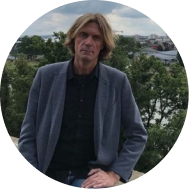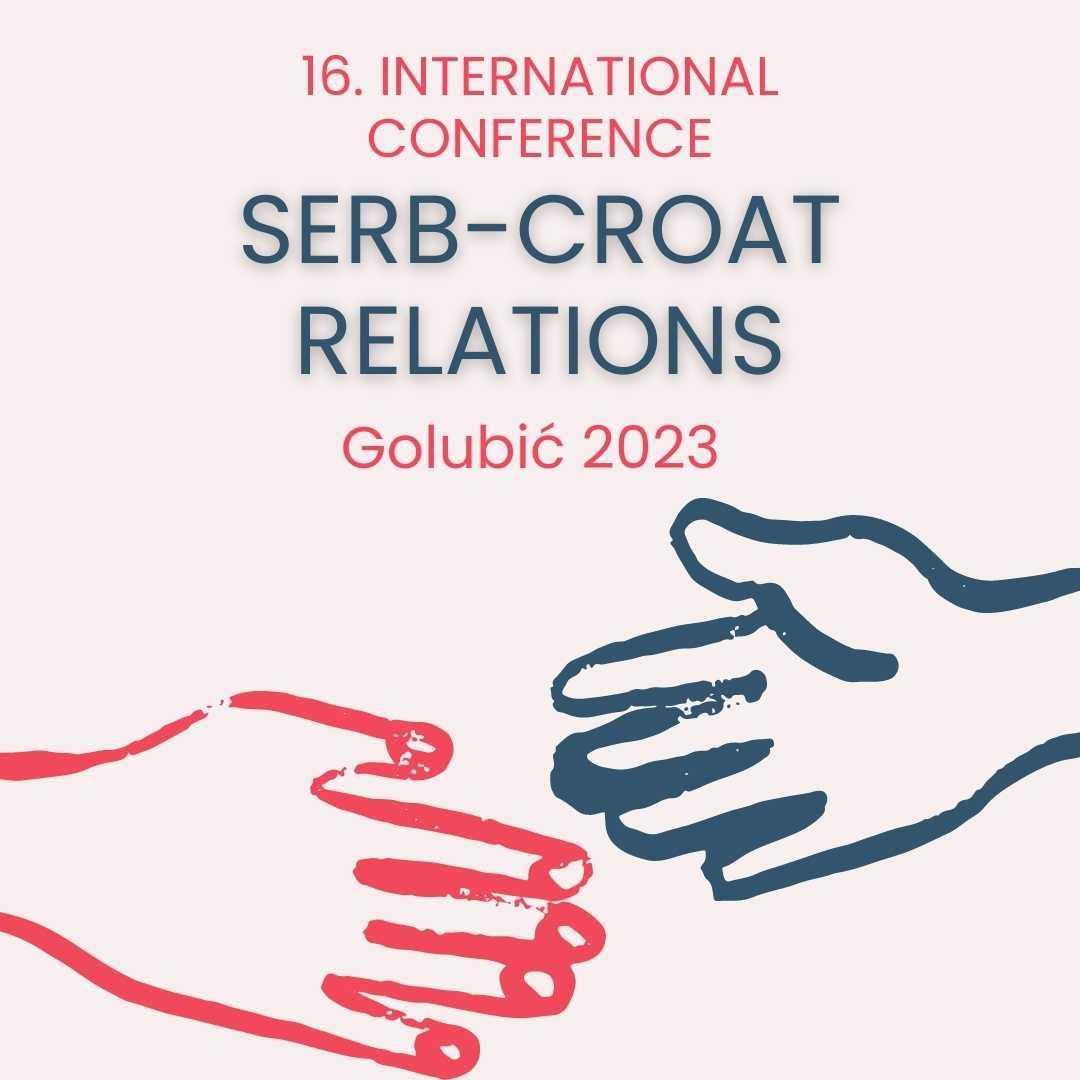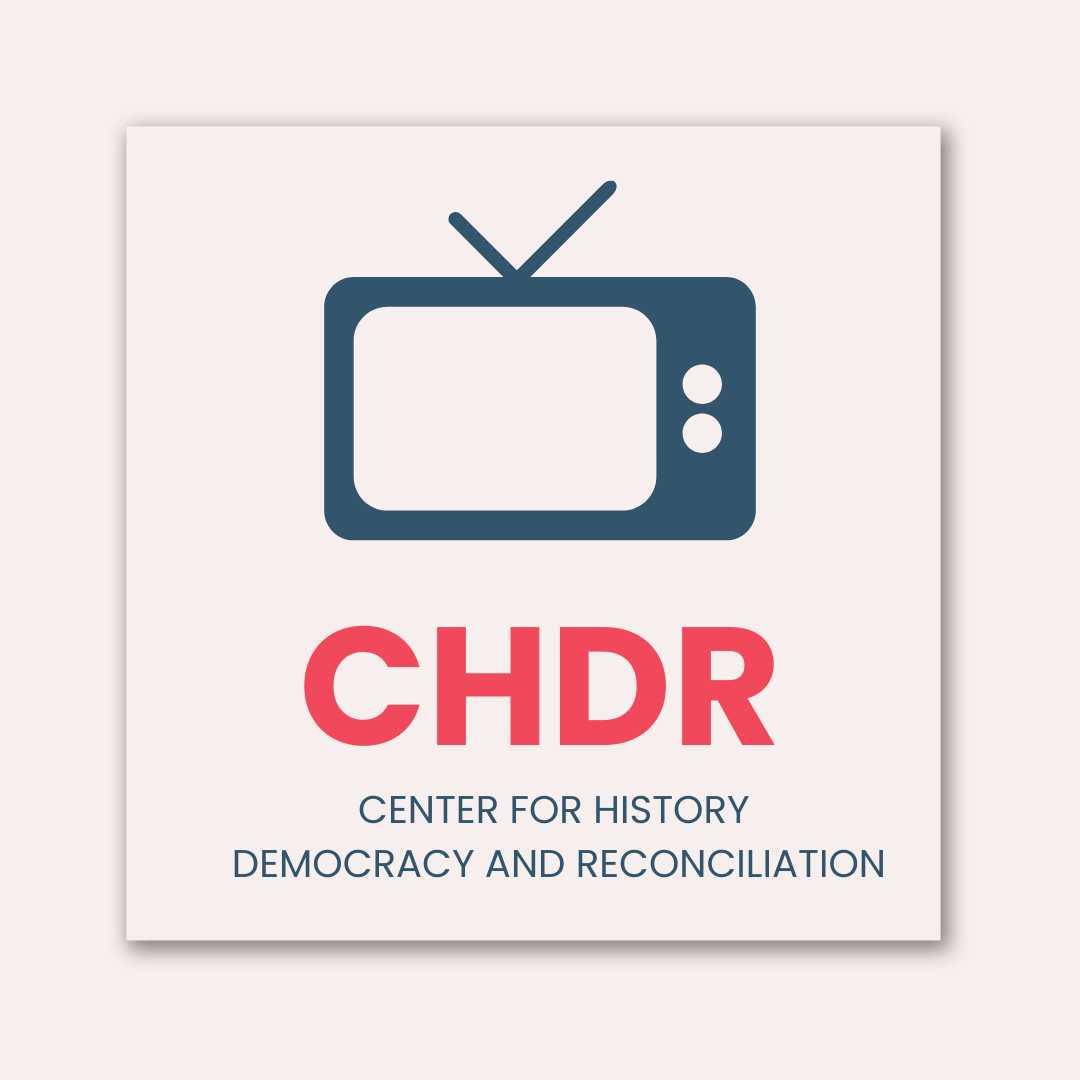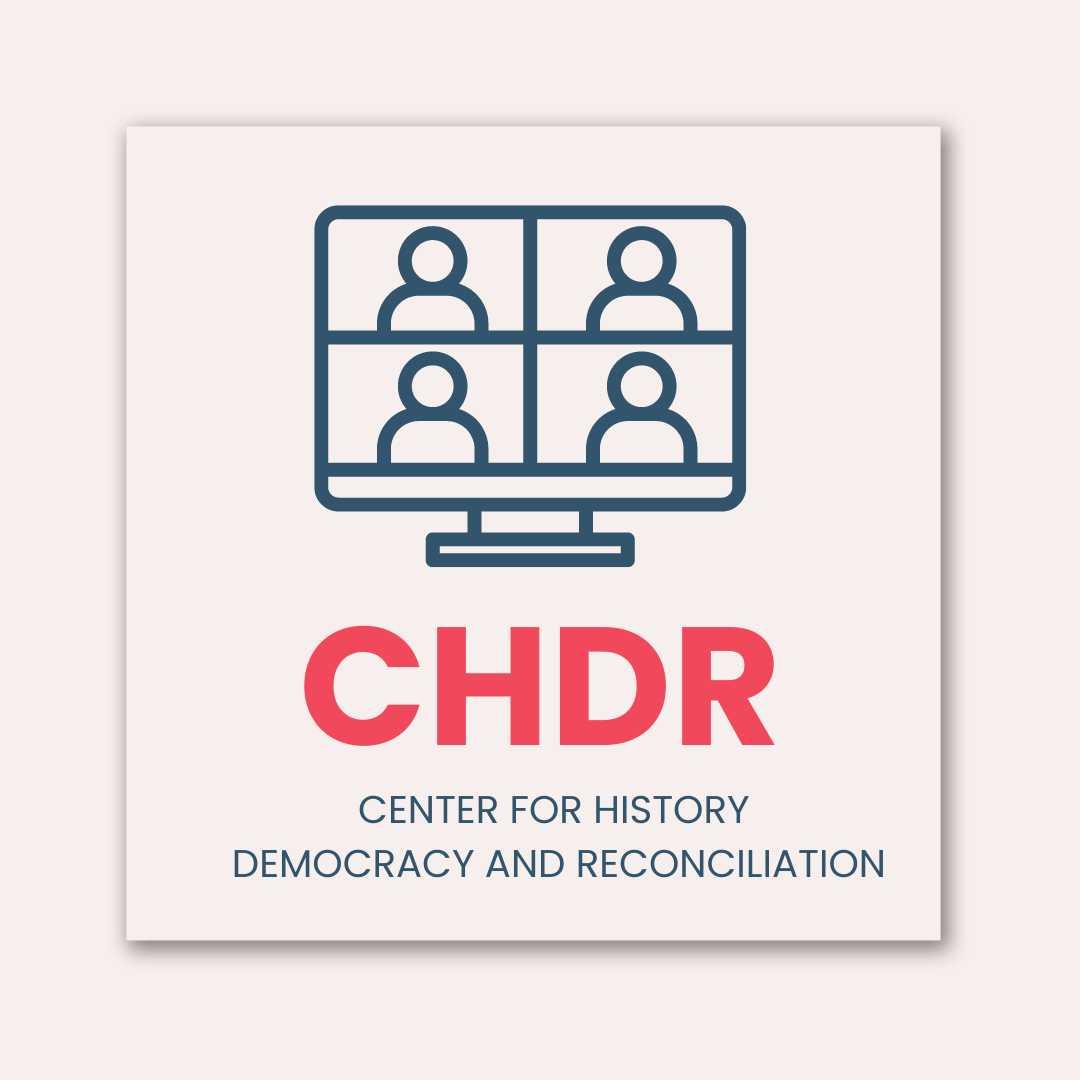
Darko Gavrilović
Chairman of the board of CHDR
Darko Gavrilović on myths and heroes in the context of Europe facing a pandemic and war
Katarina Damčević from Semiotics of Conflict from the University of Tartu in Estonia interviewed Darko Gavrilović, President of the CHDR Board of Directors. The interview took place in August 2022. years. The topic is the current political situation in Europe and the region.
The focus on this topic is due to the long history of political elites who are willing to sacrifice the masses for the success of their goals. At the same time, they are aware of the self-sacrifice of individuals for ideals and mass death and suffering, which are powerful factors in creating the conditions for the emergence of heroes of wars and political myths.
Although we are in the 21st century. century and many were on the verge of thinking that in Europe the heroes of the youth are becoming celebrities: musicians, actors, athletes, but that is not the case. First the Yugoslav wars and now the Ukrainian war have shown the opposite.
Especially in times of war, political elites emphasize their respective national heroes as ideal moral guides in creating a collective identity and a sense of continuity with the glorious past that is transmitted through the culture of memory .
Political myths are the fuel of all ideologies when it comes to mobilizing the masses. With them, they turn many politically vague or insufficiently motivating messages into ideologically appropriate goals worth sacrificing for. War whirlwinds started by political elites, in which ordinary people suffer, are the ideal ground for the emergence of heroes and the flourishing of political myths.
Even after the wars, if the aforementioned elites feel the need for it, heroes and myths continue their lives through processes of heroization. That is: identifying, imitating, comparing and imitating heroes. At the same time, glorification in order to create a desirable identity of a member of an ideological or national community.
If heroization succeeds, then the heroes become markers of the followers’ souls, a desired region of identity. They carry all the essential values of a heroic act. These are fearlessness, devotion, responsibility and courage. At the same time, they can become dangerous, because they are manipulated for political purposes and often deepen existing hatreds.
On the other hand, if historians accept the heroization of certain historical figures, then at the same time they give up criticism. This is where history as a science ends. Because the heroized individuals are not scientifically verified, at the same time they are idealized. The image of them becomes “frozen” and is not subject to verification. Any attempt at verification is called treason.
With the intensification of the conflict and wars , but also mass epidemics, history teaches us that societies do not renounce heroization , political myths and conspiracy theories.
In such times, the conflicting parties see the division of the world into those who are on the side of good (themselves and those who support them) and those who are on the side of evil (opponents and those who support them). Then it is easier than ever to blame individuals and other groups, anyone who thinks differently. Their explanations are not true. However, seemingly logical explanations are often offered for difficult-to-understand events. Because they give a false sense of control and fair action, they become more receptive to those who do not have adequate information.
When it comes to Covid, a whole series of conspiracy theories arose, which were primarily born out of suspicion. Even today, one wonders who benefits from an event or situation. This is how conspirators are identified. Every “evidence” is then forced into the theory. It is difficult to disprove them because anyone who tries to do so is considered a participant in the conspiracy.
These are the myths and conspiracy theories that are so characteristic of other countries. Theorists took ideas from each other. They built them on the existing assumption about the conflict between good and evil in the world. Those who are religious fanatics have woven from them the Last Times of Revelation.
However, most of it was related to myths and conspiratorial ideas about fabricating death figures for “population control”. How “the deployment of 5G radio antennas is linked to the pandemic.”, How Covid is “a biological weapon created by the US or the Chinese”. That it is “a secret conspiracy of the pharmaceutical industry to create greater addiction and profit”. Or that it is a “conspiracy of the deep state”, a group of people that actually governs a country and even the world, against the “general will of the people”.
In all wars there is a need to create heroes. Since one tries to gain as much place in history as possible for one’s heroes, they do not always rise on their own. They are compared with models from their own history or universal patterns are sought.
For example, on the Old Continent, the conscious self-sacrifice of 300 Spartiates (full-fledged citizens of Sparta) at Thermopylae in a defensive war against a much larger enemy from 480 BC represents perhaps the most ideal pattern for the heroization of individuals .
Sparta was at the very beginning of the European identity, weaving into it its courage, self-sacrifice, combativeness and willingness to give its life for the ideals it considered essential, which are related to the state, freedom and the people.
In the memory culture of modern Europe, the heroization of members of their community, their emulation and comparison with the Spartans from Thermopylae, was a frequent theme. All European nations compare their soldiers to 300 Spartans. Poles have named as many as six of their Thermopylae in their history. Serbs, Croats and Ukrainians also have their own Thermopylae. In the past of the Serbs, it was, for example, the battle at Čokešina from the First Serbian Uprising, for the Croats it was the defense of Siget, and in the not-so-distant past, the Serbs saw their Thermopylae in the battle of Košare in 1999, and the Croats in defense Vukovar.
Ukrainians have been fighting against the Russian invasion for months. They also named their Thermopylae on several occasions. That is how the defense of Mariupol was called, both in some Ukrainian and Western media, but also by politicians, Thermopylae. For many Europeans, the Spartans, their laws and death at Thermopylae, as a sublime symbol of self-sacrifice for the state and the people, became heroic role models, which many raised to a high heroic pantheon of examples that should be emulated when transforming or activating civic values into civic action .
The presence of Spartiates in the history of Europe provided an opportunity in the process of creating a moral base for the survival of almost any community in times of challenges or setbacks. Thus the Spartans and their state still serve as models for collective and individual identification and imitation.
Thanks to the fact that narratives about heroes represent an important educational tool for fostering desired messages within a community, but also for strengthening its solidarity and motivation, Sparta has been used throughout modern history most often when it was necessary to resort to wars and revolutions. It served to glorify heroic struggle and heroic death. In this way, its use in the process of heroization has helped to solidify and calcify narratives that do not allow for a critical assessment of the importance of an individual or an event in the past, but place him on the pedestal of a hero whose role is not questioned.
We have other similarities between the War in Ukraine and the Yugoslav wars. Since the nineties, the “return of nations to the pre-socialist past”, the creation of new ethnically homogeneous national states, which for a long time did not listen to national minorities, then the beginning of wars and demands for a very high price paid in blood, refugees and destroyed homes, and on the other hand, a thieving transition of new countries that took their toll in the impoverishment of citizens, high unemployment and cheap labor show the similarities of the mentioned areas. We must not forget the ethnic divisions poisoned by chauvinism that led to the strengthening of political parties unprepared for a peaceful resolution of the conflict, then the establishment of paramilitary forces and the creation of self-proclaimed autonomous political units and republics. Both wars led to expulsions, ethnic cleansing and mass exodus of the population.
The world is still insufficiently determined and focused on its own interests when it comes to the extent to which it will support Ukraine, somewhat similar to the time of the Yugoslav wars, and in some cases, whose side it will take.
Meanwhile, the lack of will on both sides of the conflict to resolve their disputes through political dialogue is another common feature of the Ukrainian War and the Yugoslav Wars. It was not created during the war. Already before. It largely led to the war. Now, in the midst of war crimes in Ukraine and while the whirlwind of war is spreading, it is even more difficult to talk about peace negotiations, let alone the beginning of the reconciliation process and regional stability policy . The hatred is too intense. The Russian invasion of Ukraine claims tens of thousands of lives, and propaganda strengthens patriotism and fighting spirit by demonizing the other side.
Once the war is over, it will take a long time for the wounds to heal. And the politicians who will benefit from deepening the wounds, if they can, will not allow it. All of this reminds us of the wars in the former Yugoslavia, but also of the hatred that the extremists in our region continue to promote today.
Positive examples come from other people’s experiences, as well as our own, which support the establishment of sustainable peace.
The rhetoric of guilt along with recognition and asking for forgiveness have been translated, through the legal medium of restitution, into new possibilities of reconciliation, personal rehabilitation and compensation of the victim into an innovative possibility of establishing a stable and sustainable peace in international relations.
Thus, the emphasis was placed on reconciliation and the opening of opportunities for the development of democracy, and not on the bad memory and expansion of the spectrum of extremist ideologies and the increase in the number of their followers.
At the political level, this means that, as soon as the conditions are created, influence should be built on the creation of a peace policy and the implementation of a policy of regional stability and reconciliation based on the principle of building a strong political structure. It rests at the highest level in the United Nations. But in order to facilitate its implementation on the ground, the cooperation of regional and local authorities is necessary.
On a personal level, the opportunity for peace should be given to all those who want it. An opportunity for forgiveness for all the victims who can be freed from the deadly embrace of hatred that the perpetrator of the crime is holding. Criminals have the opportunity to look at their sins, repent, serve their sentence and actively participate in the process of establishing a peaceful coexistence.
We must not forget the vulnerability of minority communities in the states of majority nations. Their connection and cooperation at the national, regional and international level also has a significant role in the establishment of collective security and peace.
Apart from the mentioned factors that affect the establishment of stable relations and sustainable peace, it is also necessary to go through the process of spiritual and intellectual healing. It requires a whole series of actions that lead to the recovery of the individual, but also of the entire community.
One of the processes that should be undertaken is the establishment of peace education. It promotes knowledge, skills and attitudes that will help people create social conditions conducive to peace. In the case of an existing conflict that can contribute to a peaceful solution.
Peacemaking, which includes solidarity and reciprocity, is demonstrated through values such as respect for human rights, freedom and trust. In order to achieve these ideals, peace programs around the world deal with a wide range of topics including: non-violence, conflict resolution techniques, democracy, disarmament, gender equality, human rights, responsibility towards nature, history, communication skills, coexistence and international understanding and tolerance. differences.
At the same time, we must not forget the importance of raising an individual into a healthy and whole person. That process is not something that should and can only be covered by peace education in schools or colleges. It should include both the family and religious and/or other institutions that are important in raising a healthy and whole person.
We should always keep in mind that just as nature was not created to be destroyed, curbed or its beauty destroyed by digging, so man was not created to live without love. To leave him without love is to limit him. To curb, suppress or destroy everything for which it was created involves actions that are contrary to the building of sustainable peace. And those inhuman acts are possible through wars, persecutions and hatred.
If such a state persists, man may forget why he was created. Otherwise, by ensuring sustainable peace, we will enable the release of the development potential of each individual, which will also give communities incomparably greater incentives in their development.





